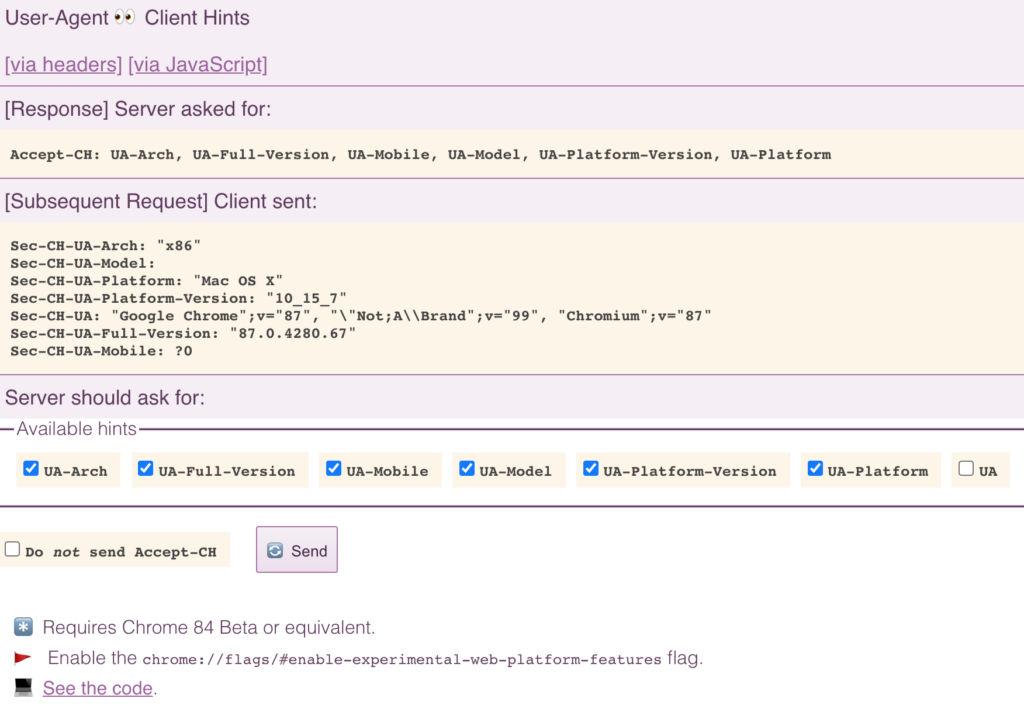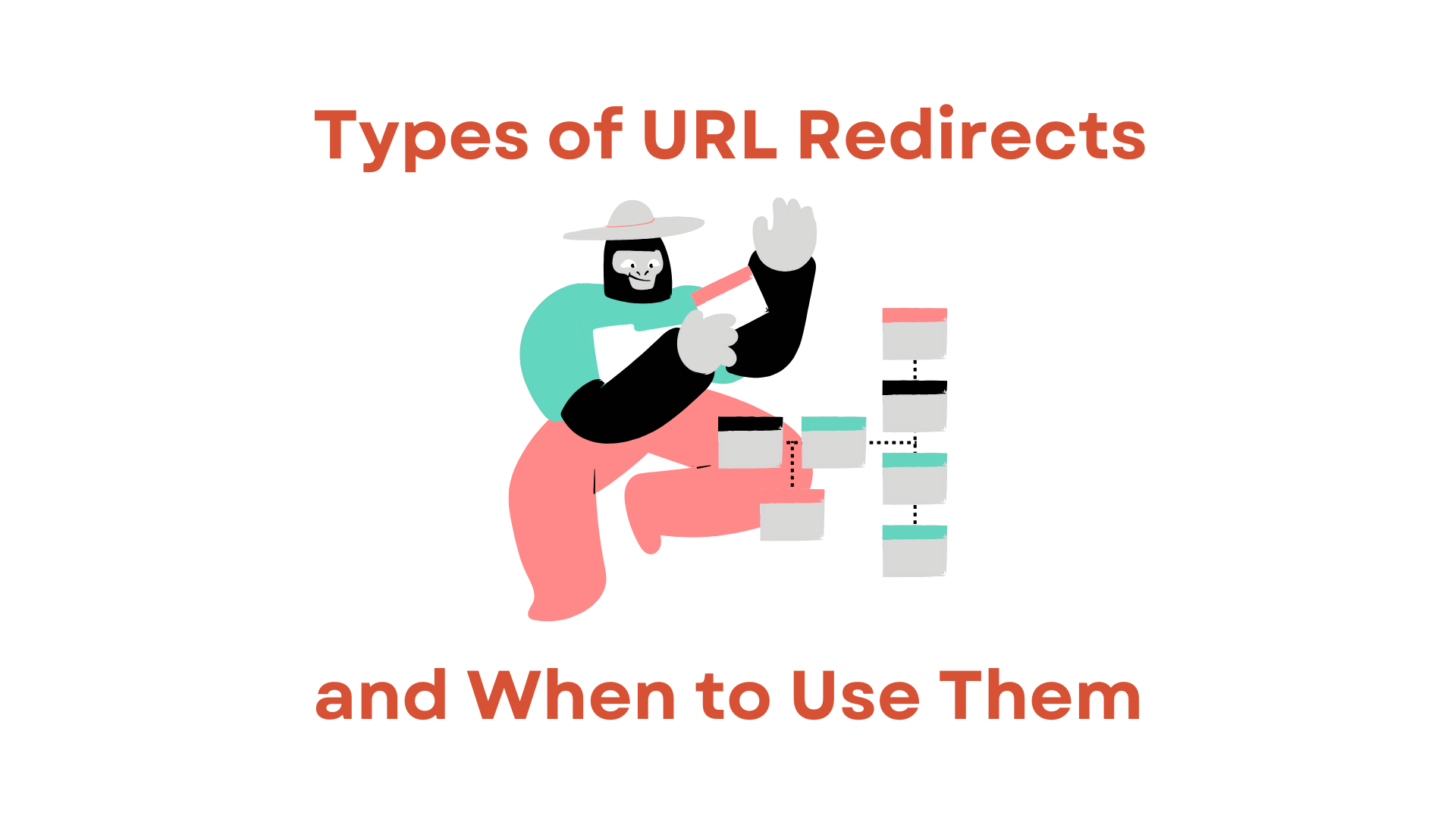As a developer, are you grappling with ensuring users find and install the right apps for their specific devices? In a mobile landscape brimming with diverse brands and models, this task can be complex. Enter phone brand detection—a technology that simplifies app discovery by automatically guiding users to the appropriate app store.
In this article, we explore the power of phone brand detection and how to redirect to relevant app stores.
So, let’s get started.
The Challenge of App Discovery

With many smartphones available on the market, each running on various operating systems, users often encounter challenges in discovering and installing the right apps. Android and iOS are the two dominant operating systems, but even within these categories, numerous device manufacturers and models exist. This diversity can lead to confusion when users try to locate and install apps tailored to their particular device.
The Role of Phone Brand Detection
Phone brand detection is a technology that identifies the user’s device and operating system automatically. By recognizing the brand and model of the smartphone, it can direct users to the appropriate app store to download apps optimized for their specific device. Here’s how it works:
· User Accesses a Website or Service
Imagine visiting a website or using a service that offers a mobile app for download.
· Detection of User’s Device
The website employs phone brand detection technology, which gathers information about your device, including its brand (e.g., Apple, Samsung, Google) and model (e.g., iPhone 12, Samsung Galaxy S21, Google Pixel 6).
· Redirection to Relevant App Store
Based on the detected information, the website redirects you to the corresponding app store—either the Apple App Store for iOS devices or the Google Play Store for Android devices. This ensures you are presented with the correct app version compatible with your phone.
Implementing Phone Brand Detection
Implementing phone brand detection involves several technical considerations. Here are the critical aspects of the implementation process:
1. User-Agent Analysis

One standard method for phone brand detection is analyzing the user-agent string sent by the user’s browser. The user-agent string contains information about the user’s device, browser, and operating system. By parsing this string, developers can extract details such as the device brand and model.
2. JavaScript
JavaScript can also be used to detect the user’s device. By running client-side JavaScript code on the website, developers can gather information about the user’s device and use it to determine the appropriate app store to redirect the user to.
3. Server-Side Solutions
Server-side solutions involve making requests to the server, where the server performs the device detection and sends the appropriate redirection response. This approach can provide more robust and accurate detection, as it is not dependent on the user’s browser settings.
4. Third-Party Services and APIs
Developers can leverage third-party services and APIs that specialize in device detection. These services often offer easy-to-use APIs that can be integrated into websites and applications to streamline phone brand detection. One such service that can simplify the redirection process and enhance user experience is RedirHub.

RedirHub, a leading URL redirection service, provides seamless redirection capabilities that can complement your phone brand detection implementation.
Also Read: How To Redirect A URL To Another URL
By using RedirHub, you can ensure that users are directed to the correct app store and benefit from its features, including real-time traffic metrics, automatic HTTPS support, and broken link monitoring.
This can result in an even more enhanced user experience, boosting app downloads and user satisfaction.
Conclusion
Implementing phone brand detection requires careful consideration of the method that best suits your project’s needs. Whether you choose to analyze user-agent strings, use JavaScript, implement server-side solutions, or leverage third-party services, the goal remains the same: to enhance the user experience and make app discovery a seamless process in the ever-evolving world of mobile technology.




